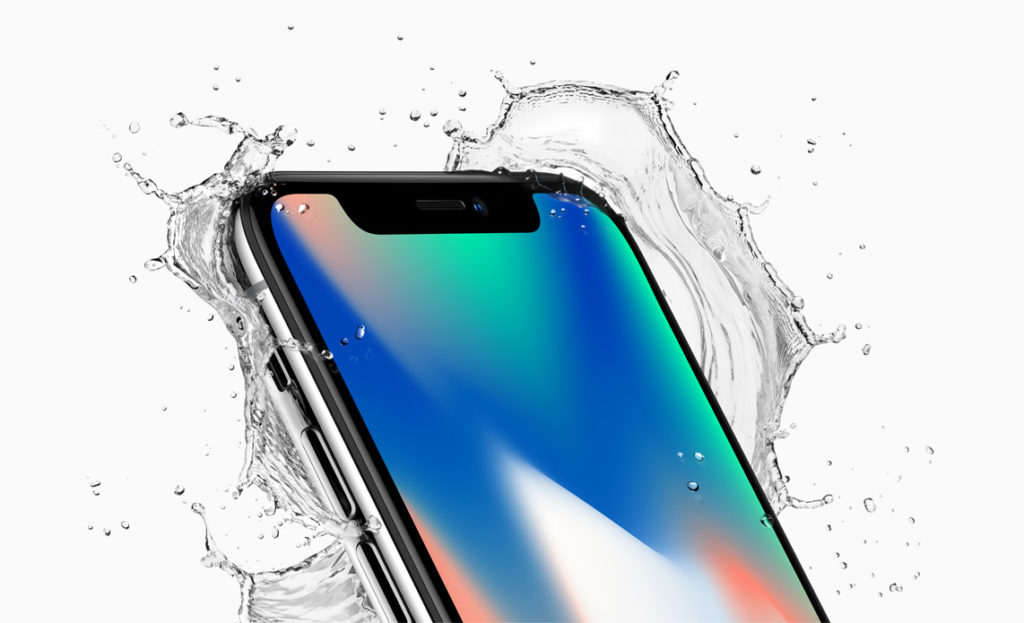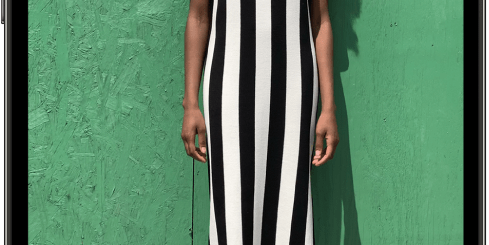20 Things We Just Learned About Apple’s Face ID

In an attempt to wipe out ignorance about the technology, Apple has published more information concerning Face ID, what it is, and how it works.
The information consists of an extensive White Paper and a detailed explanation of the tech. Here’s what we learned.
1. It’s the passcode, stupid
There has been an appalling tendency to describe the security provided by Touch ID as the only key layer of security that exits on iOS devices. That’s not true. Touch ID – and, now, Face ID, both support a more primary security protection – the passcode.
Neither of these technologies replace this, and this remains the same in Face ID. That’s why you’ll need to enter you regular passcode after you restart your device or after the tech tries (and fails) to recognize your face five times.
You also need to enter a passcode after you’ve not used your device for 48-hours, if you’re in SOS mode, or when you want to change Face ID.
2. Lost or stolen?
One more thing, Face ID will demand a passcode whenever the passcode hasn’t been used to unlock the device in the last six and a half days and Face ID hasn’t unlocked the device in the last 4 hours. It will also demand the passcode when it receives a remote lock command, such as when using Find my iPhone’s lost mode.
3. It’s all mathematics
Face ID isn’t just about knowing your face, it’s also about not knowing which bits of the face it needs to know. Or something like that. Here’s how Apple explains how the tech works:
“To counter both digital and physical spoofs, the TrueDepth camera randomizes the sequence of 2D images and depth map captures, and projects a device-specific random pattern. A portion of the A11 Bionic chip’s neural engine–protected within the Secure Enclave–transforms this data into a mathematical representation and compares that representation to the enrolled facial data. This enrolled facial data is itself a mathematical representation of your face captured across a variety of poses.”
4. Dotty faced
As part of the system, Face ID projects and analyzes over 30,000 invisible dots to create a depth map of your face and also captures an infrared image of your face. The A11 Bionic chip’s neural engine — protected within the Secure Enclave — transforms the depth map and infrared image into a mathematical representation and compares that representation to the enrolled facial data.
5. All eyes
By default, Face ID will require that you keep your eyes open and stare directly at the sensor, though this can be disabled.
6. Distance manœuvre
Face ID works best when the device is arm’s length or less from your face (25-50 cm away from your face).
7. Not for children
Ever noticed how rapidly children under 13-years old grow? Well, they do and as they do their body shapes change – sometimes dramatically. That’s why Apple doesn’t recommend Face ID for kids.
8. Changes with you
Face ID is smart enough to adapt to changes in your appearance, but when it sees a sudden change such as the removal of your beard or a dramatic new haircut, it will require you enter your passcode before adapting to the new you.
9. Often updated
Face ID captures (but does not keep) accurate depth data and an infrared image each time you unlock your device. This is matched against the stored representation to authenticate the iPhone.
10. Photo finish
Apple has conducted extensive tests to ensure the tech can’t be tricked by photos or masks, and that it should work when you wear a scarf, hat, glasses or sunglasses. If it fails, don’t panic – just use a passcode after a few failed attempts.
11. One in a million
The probability that a random person in the population could look at your iPhone X and unlock it using Face ID is approximately 1 in 1,000,000 (versus 1 in 50,000 for Touch ID).
12. Apple Pay
To authorize an in-store payment with Face ID, you must first confirm intent to pay by double-clicking the side button. Apple explains:
“You then authenticate using Face ID before placing your iPhone X near the contactless payment reader. If you’d like to select a different Apple Pay payment method after Face ID authentication, you’ll need to reauthenticate, but you won’t have to double-click the side button again.”
13. App happy
Any app that works with Touch ID will work with Face ID – no coding required.
14. Delicacy
If you damage the TrueDepth camera system, then Face ID will stop working and you’ll need to use a passcode.
15. You’ll need Apple Care
TrueDepth camera repairs will need to be handled by Apple or an authorized service provider, making AppleCare even more essential, I reckon.
16. Private by design
Face ID data doesn’t leave your device and is never backed up to iCloud or anywhere else.
17. But there’s a way to share
Only in the case that you wish to provide Face ID diagnostic data to AppleCare for support will Face ID data be transferred from your device.
18. Apple can update Face ID remotely
Apple’s Face ID security white paper explains the system requires multiple neural networks – one is trained to accurately recognize faces, while another network is trained to spot and protect against attempts to unlock your phone with photos or masks.
What’s also interesting is that both networks can be updated by Apple, meaning that as criminals try to figure out ways to break Face ID the company will be able to update the software to resist such attempts.
19. Even useful when you don’t
Even if you don’t choose to use Face ID the TrueDepth camera will perform some useful functions. So, it will dim the display if you aren’t looking at your phone, or lower alert volumes if you are looking at it. It will also turn the screen off if you aren’t looking at your device when using Safari. Control these features in Settings > General > Accessibility, and disable Attention Aware Features.
20. You can close your eyes
Apple requires that you stare directly at the camera with your eyes open to use Face ID. If you don’t want Face ID to require that you look with your eyes open at iPhone X, you can open Settings > General > Accessibility, and disable Require Attention for Face ID.




